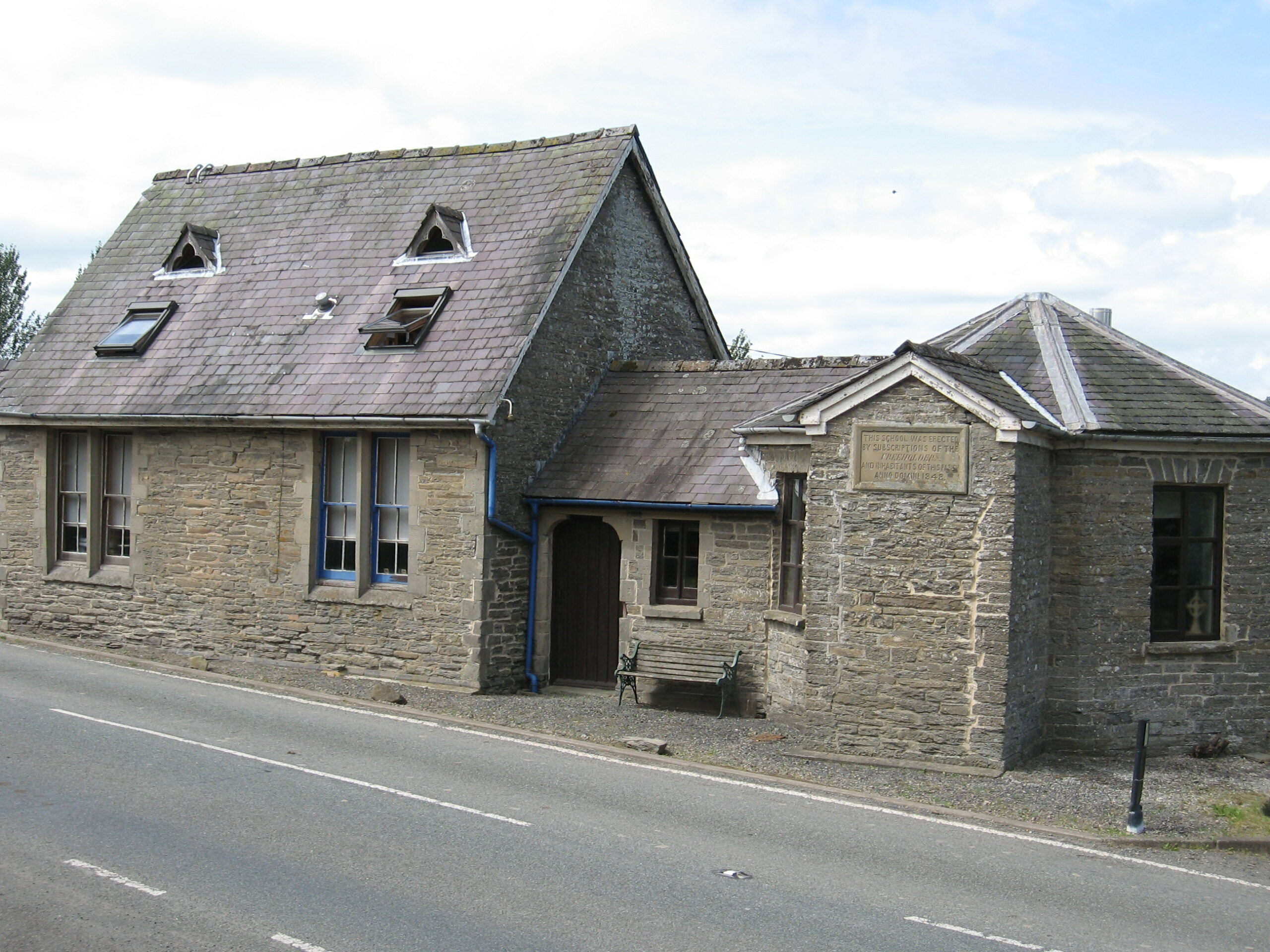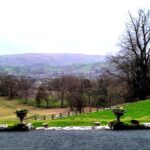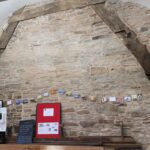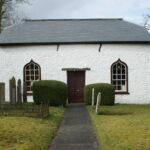REPORT OF RADNORSHIRE SOCIETY AGM LECTURE 2019 ( BY CLIVE BARRETT)
This year\’s post AGM lecture “50 becomes 14: The Lost Elementary Schools of Radnorshire” was delivered by the Radnorshire Society\’s former Secretary and present Assistant Editor of The Transactions of the Radnorshire Society, Dr. Colin Hughes. In introducing the speaker Society President Robin Gibson-Watt said Dr. Hughes was previously Head of History and Humanities at Builth Wells High School, and he was Chief Examiner in History for the Welsh Joint Examination Committee. He has lectured on several different subjects of local interest and written papers and articles as well as writing several GCSE History text books.
Dr. Hughes commenced his talk by stating that he would be concentrating on Charity, National and British Elementary Schools within the county. Up to 1870 there was a voluntary system as the State was not interested in education, it being said at the time that “the poorer classes would rise above their rank”. Dr. Colin continued his lecture by picking out various individual schools – mentioning when they opened, the closure dates, teachers were continually leaving because of poor pay and conditions, and the important dates of Education Acts. The year 1839 was important with the establishment of the Committee of Primary Council on Education which introduced the first state regulations, inspectors and training colleges. Later in 1846/47 the newly established Education Commission did a damning report on Welsh education known in history as The Treason of the Blue Books. Some interesting facts or reports about the different schools were mentioned included the following. Mr. W. H. Davies was Headteacher at Dame Anna Child( Charity School) Whitton( 1834 – 2016) for 49 years between 1879 and 1928, dying “in harness” at the age of 92. Presteigne Primary School, Hereford Street (1858 – 1964) was one of only four British schools in the county, linked with the chapel rather than the church.
As part of his Power Point presentation Dr. Hughes showed photos of schools when they opened, or later or more recent photos taken by himself and wife Vickie during tours around Radnorshire visiting school buildings. At Evancoyd (1864 – 1972) also covering Kinnerton school attendance was irregular “ seasonal and moving”. A school was held in the tower of Disserth Church prior to the opening of Howey School (1865 – 2008). Regarding Heyope (1866 – 1963/64) reports showed that it was the only school with morning and evening prayers. At Llowes (1867 – 1972) there was poor attendance because of hay, harvest and weather, but it was the only school with a Standard 6 class and Rev Francis Kilvert visited at one time. The school closed in 1972 when it was absorbed into Clyro School. The 1870 Education Act was a major milestone when politicians stated “ we must educate our masters” (s0me working men now had the vote). Dr. Colin offered the opinion that the building of schools created a lot of work for builders, and he further mentioned that the school leaving age had risen during history, 1876/80 – 10 years, 1893 – 11, 1918 – 14, 1947 – 15 and 1972 -16. From his research the speaker found that at Beguildy some pupils were badly behaved, and there was also stone throwing, smoking and swearing. At Crugybyddar (1878 – 1948), in the Teme Valley, the events which prevented children attending were Knighton Spring Fair, potato harvesting, and sheep shearing. Further at Llanbister Cantal (1879 – 1969) children were caned, flogged, for bad language, lighting fires, abuse and throwing. Rev Kilvert also visited Newchurch Cwmgwilyn (1880 – 1954). At Cwmdauddwr (1888 – 1977) Headteacher Mr. Llewellyn Davies served for 32 years then went on to Rhayader School. ( At one time a railway carriage, horse drawn, specialising in Cookery, toured the county). Llanddewi (1889 – 1977) was previously privately owned, and was demolished in 2004.
The year 1891 saw the end of parents paying the “school pence” as a fee for sending their children to primary school. Free elementary education was available at last. With the Education Act 1902, schools came under LEA control, locally the Radnorshire Education Authority. The speaker described Glascwm Council School (1901-1946) as one of the most isolated in the county and therefore had few pupils. The elementary school at Norton (1871- 1958) near Presteigne, was in the centre of a row of cottages called The Terrace. A new school house was built in 1908, and closed in 1958. The 1926 Hadow Report stated at age 11 children should transfer to the secondary stage of education. Under the very important 1944 Butler Education Act, the secondary school leaving age became 15 and secondary education became free and compulsory.
A 1908 map showed the county of Radnorshire covered with 50 primary schools and Dr. Colin also showed details of “ lost elementary schools”. ( The speaker had left lists of the” Lost Elementary Schools of Radnorshire” and “School Closures” at the back of the room for the audience\’s information). He named the remaining primary schools as: Newbridge, Llandrindod (2 schools), Rhayader, Llanbister, Dolau, Crossgates, Franksbridge, Llanelwedd, Knighton, Presteigne, RadnorValley, Gladestry and Clyro. The speaker then answered some questions from the appreciative audience. From the floor former Radnorshire Director of Education Robert Bevan complimented the speaker on his talk stating he had put “flesh on the bones “ of the subject. Mr Bevan added that in his experience the closure of schools was both economic and the dwindling number of pupils, adding that local residents always had a great affection for their village schools.
Executive Committee member Anne Goodwin in thanking Dr. Colin Hughes said that those present were privileged to be beneficiaries of the results of Colin\’s excellent research. She went on to describe some amusing vivid memories of her own primary school experience at Old Radnor School, giving several moral and happy memories of her formative years.





